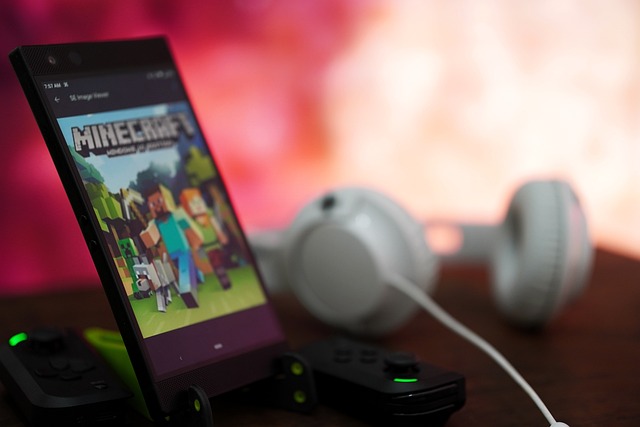Electric
devices naturally produce some sounds while in use, and chargers are no
exception. A soft hum is often linked to the flow of electricity and the way
internal components like coils and transformers work. However, when that sound
becomes noticeably loud, persistent, or changes in tone, it may be a warning
sign that something is not right. In this article, we will explore the common
causes of buzzing, whether it is dangerous, and the best solutions to keep your
MacBook safe and powered.

Common Causes of a Buzzing MacBook Charger
Electrical Interference and Coil Whine
Buzzing
often comes from what is known as coil whine, a high-pitched vibration produced
by electrical components inside the charger. These parts resonate at certain
frequencies when electricity passes through, creating an audible sound. This is
not always a sign of failure—sometimes it is simply a byproduct of how compact
chargers are designed to handle high amounts of energy. The environment around
you can make it worse; for example, plugging the charger into a poorly grounded
outlet or using it in a noisy power strip can amplify the hum. While coil whine
can be annoying, it is usually harmless unless it becomes unusually loud or is
paired with overheating.
Faulty Components or Internal Damage
If
buzzing is new, louder than before, or accompanied by unusual charger behavior,
it may point to damaged components. Over time, everyday use such as bending the
cable, dropping the charger, or exposing it to high heat can wear out internal
circuits. When insulation or parts inside break down, the electrical current no
longer flows smoothly, creating resistance that results in buzzing. Unlike
normal coil whine, this type of sound can signal a charger that is on its way
to failing. A failing charger may also stop charging intermittently, heat up
excessively, or trigger error messages on your MacBook. Ignoring these signs
could put your device at risk, so it is wise to take them seriously.

Is a Buzzing Charger Dangerous?
A
soft hum by itself is usually not dangerous, but persistent buzzing accompanied
by heat, burning smells, or sparks can be a real safety risk. Chargers handle
high-voltage conversion, and when something is wrong inside, it increases the
chance of short circuits or even fire hazards. Many people underestimate the
danger because chargers seem small and simple, but they manage powerful energy
that should not be taken lightly. Using a charger in poor condition may not
only damage your MacBook but also compromise your personal safety. If you are
ever unsure, it is always safer to unplug the device and switch to a more
reliable option instead of continuing to test its limits.
How to Fix a Buzzing MacBook Charger?
Simple Troubleshooting Steps to Try
When
you first notice buzzing, start with basic troubleshooting. Plug your charger
into a different, properly grounded wall outlet, as unstable power can worsen
the sound. Avoid using extension cords or crowded power strips, which can cause
interference. Place your charger on a hard, flat surface to allow for proper
cooling, as heat buildup can intensify the noise. Inspect the cable for bends,
frays, or burnt spots to check for physical damage. If the buzzing is mild and
goes away after switching outlets or adjusting placement, it’s likely harmless.
However, if it persists regardless of where you plug it in, the issue may be
within the charger itself.
Replacing a Faulty Charger Safely
If
troubleshooting does not solve the problem, replacement is the safest choice.
Continuing to use a faulty charger risks both your MacBook and your personal
safety, as hidden damage inside may suddenly worsen. When buying a replacement,
it is essential to select one that is certified and reliable rather than a
cheap alternative that cuts corners. A well-reviewed option such as an Anker macbook charger
offers both durability and consistent performance, reducing the likelihood of
buzzing issues in the future. Anker has gained trust because its chargers are
built to handle long-term use while maintaining safety standards. Replacing
your charger may feel inconvenient, but it is a smart investment to ensure
peace of mind and to protect your expensive device.
Preventing Future Buzzing and Charger Issues
Taking
good care of your charger can extend its life and minimize noise problems.
Always unplug it by holding the plug itself rather than pulling the cable, as
stress on the cord can cause internal wear. Avoid wrapping the cable too
tightly, which may damage the insulation and weaken its structure over time.
Keeping the charger in a cool, dry space also prevents heat buildup and
protects sensitive components inside. If you often travel with your MacBook,
consider using a protective case for the charger to avoid knocks and scratches.
Regular inspection is helpful too—catching early signs of fraying or
discoloration allows you to act before bigger problems appear.
Conclusion
A
buzzing charger can range from a harmless annoyance to a serious warning sign,
and learning to tell the difference is important for every MacBook user. While
coil whine and minor electrical interference may be normal, louder or
persistent buzzing linked with heat or damage should never be ignored. Basic
troubleshooting can solve some cases, but when the problem persists, replacing
the charger is the safest route. Reliable options like Anker MacBook chargers
provide long-term performance and protection, making them a valuable
investment. By maintaining good habits and knowing when to replace, you can
avoid risks and keep your MacBook powered safely for years to come.



